A lot! Tracks are a major financial investment.
Expect to pay somewhere in the neighborhood of $3,000 – $5,000+ (and don’t forget the cost of initial installation).
On the lower end are retailers who specialize in ATV tracks, on the higher end are ATV manufacturers with tracks designed specifically for their vehicles.
No, tracks actually improve stability.
Tracks do increase ground clearance by a few inches, 4” – 7” inches on average, depending on model, but this does not lead to increased instability.
A higher profile would usually make an ATV less stable, but tracks have increased weight at ground level and a wider footprint, so this actually helps improve stability.
You will initially need to have an installation kit installed.
It’s recommended that you have the initial installation done by a dealer/mechanic.
The installation kit includes bars, brackets, and adapters that help to secure the tracks in place.
- Advertisement -
Once the installation kit is installed, it’s about as easy as changing tires. Of course, some models are easier than others, so it depends a bit on your ATV. (And also how good you are at changing tires)
The initial installation kit takes approximately 2 hours to install, after that it should take about 1 hour to install/remove all tracks.
This is a hard question to answer. Much like: How long will tires last?
The best answer is a long time. Several years and/or several thousand miles.
Some factors that will influence how long your tracks last include: vehicle weight, how fast you ride, how aggressively you ride and what types of surfaces you ride.
Riding only on snow, keeping them clean and storing them dry will increase their lifespan.
Most tracks perform exceptionally well in mud, sand and rocks. The tracks distribute the weight evenly which provides excellent flotation to keep the ATV from sinking in snow, mud, sand and boggy conditions.
But this performance comes at a price.
That price is a shorter life span for your tracks.
You’ll often see tracks being marketed as this ideal all terrain solution, but tracks are best suited for snow. Yes, they can be used on all surfaces, but mud, grit and sand will wear them down faster.
Of course, this is true with tires too. Harsh driving conditions are always harder on gear. Traveling over exposed rocks will wear down your tires faster than a smooth hard packed dirt surface.
Although most tracks are designed and advertised as being for use in snow + other surfaces, there are “snow only” designed tracks.
- Advertisement -
One notable example is the Can Am Apache Backcountry LT designed for the Maverick X3 and Defender. These tracks are specifically for winter snow performance and travel only.
But Can Am does make year round tracks as well – the Apache 360 LT track kit for all terrain.
You’ll get more use out of an ATV than you would out of a snowmobile. Even without tracks!
For snow travel only, a snowmobile is a hands down winner. It’s built with 100% snow travel in mind. The body is built enclosed, so snow doesn’t clump up in the open spaces.
Snowmobiles will also always beat ATVs with tracks when it comes to speed and maneuverability in the snow. They’re just overall better for snow play.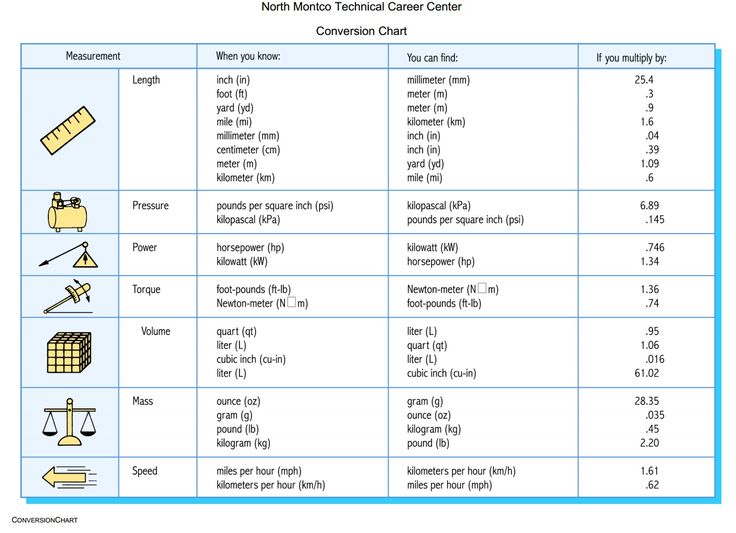
But ATVs are a clear cut winner in virtually every other way.
ATVs allow you to hit the trails all year long – a snowmobile simply can’t match that.
ATVs also beat snowmobiles when it comes to practical work use.
Snowmobiles can be used on the snow with plows, trailers, snow trail grooming equipment and other accessories, but overall ATV are a more practical work vehicle. Especially if you have a lot of land, a ranch or homestead.
The list of ATV accessories seems almost endless and includes plows, trailers, spreaders, planters, harrows and more.
In most instances the tracks are interchangeable for vehicles, but you will need a new installation kit/transfer kit if you change ATV models.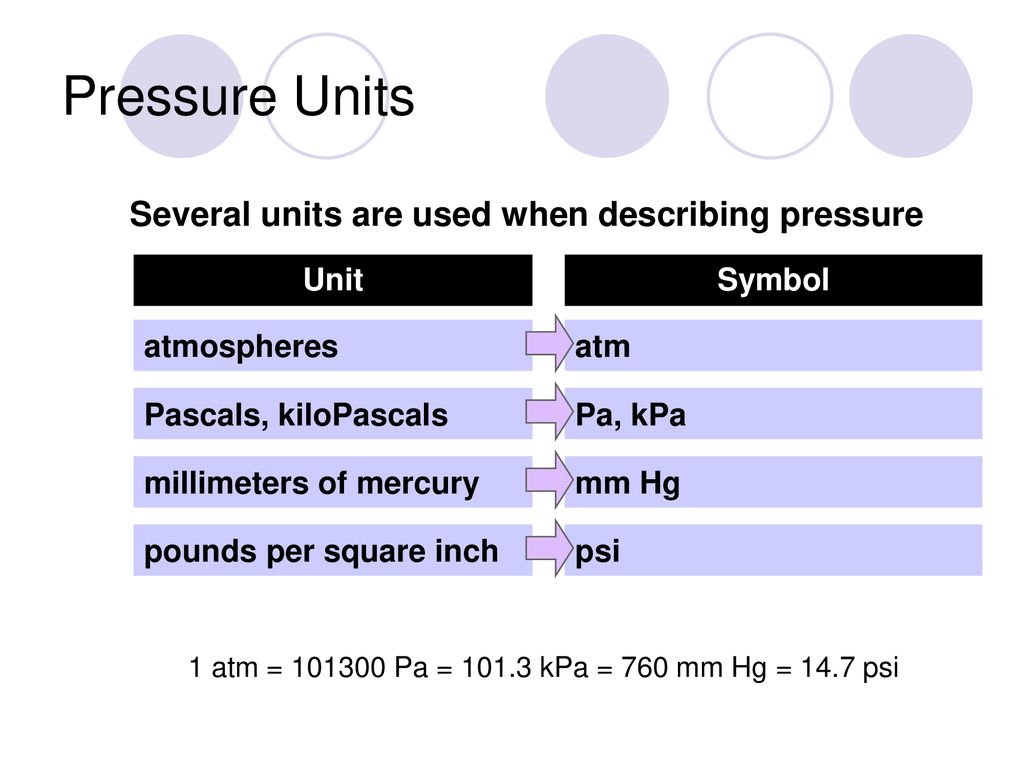
The main reason they would potentially not work on a new ATV is if the vehicle is a big jump up or down in size.
Expect to pay in the range of $400 – $1,000 for a transfer kit. Expensive, but not nearly as expensive as a whole new track set.
Overall it’s about the same as with tires.
Some exceptions are when traveling very slow, in deep wet snow or deep mud. You will get excellent traction with the tracks in these conditions, but lose a bit of agility and maneuverability.
Your turn radius will also increase with tracks vs tires, so again, a slight loss of overall maneuverability.
Yes, on average expect about a 30% – 50% reduction in your top speed due to gear reduction.
No, tracks are designed to have a lower power requirement than tires.
The drive sprockets in an ATV track system are sized to match your ATV engine size.
The undercarriage drive sprocket is about 1/3 smaller than an ATV tire. This gears down the power to a drive ratio that delivers more power to the tracks.
Track systems are designed and geared to optimize speed, improve low end power and prevent clutch and engine overload.
On average, a track system weighs between 60 lbs – 150 lbs. This includes 4 tracks and mounting.
More Ground Contact = Superior Traction + Improved Stability
ATV tracks have more ground contact surface area than tires. In simple terms this means that tracks are longer and wider than tires, so more of the surface area of the track is in contact with the ground.
More ground contact results in better traction and more stability.
Lower PSI = Better Flotation
ATV tracks have a lower PSI than tires. Again, bigger ground contact area means that overall weight is better dispersed. This means that an ATV on tracks will “float” or move better over wet/muddy/boggy surfaces without sinking.
The machine isn’t exactly “floating”, it just has improved weight disbursement.
But, there are limits to flotation. In deep mud (think 1 foot +), tires will out perform tracks. Even with excellent flotation, the combined weight of the machine plus the rider can cause the machine to submerge in the mud and get bogged down.
Tire PSI vs Track PSI
Camso, one of the best known ATV track manufacturers state that ground pressure is reduced on average by 75% using their tracks vs tires.
Chart by CamsoJust like when you buy a brand new ATV, tracks also require a short break in period.
A typical break in period is 4 hours or 50 miles of driving.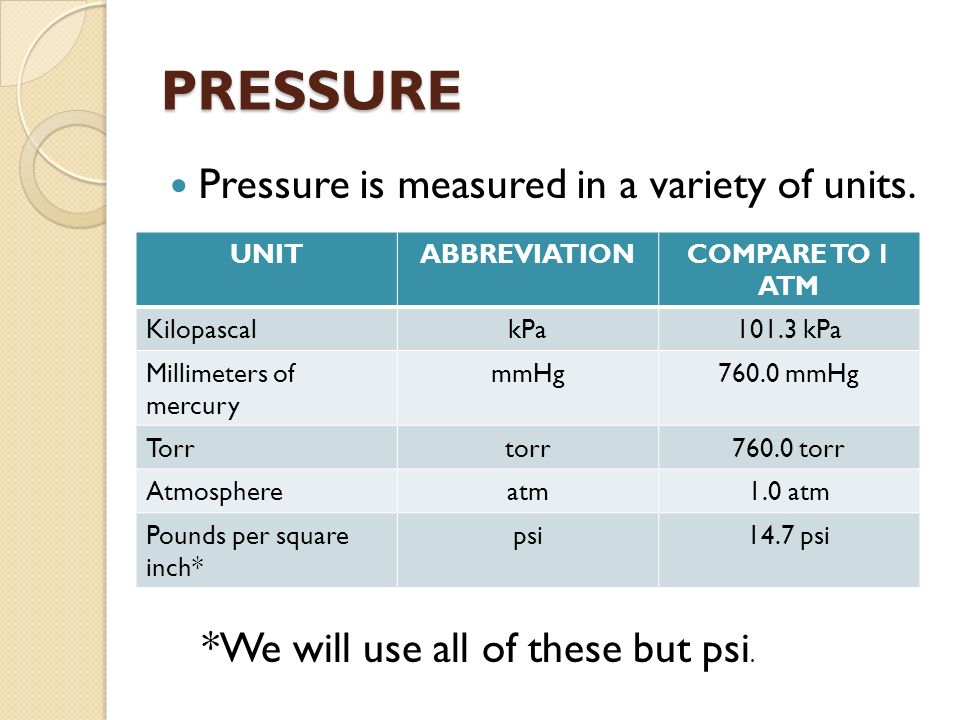
For me, I don’t think they’re worth the money.
But, you may live in a different region and have different needs, so your opinion may be different. That’s OK. It’s a personal choice.
That’s OK. It’s a personal choice.
Don’t misunderstand me, I love tracks and think they’re awesome. But unfortunately, I don’t have unlimited income and tend to look at things somewhat clinically: cost vs function vs fun.
Basically, what’s going to get me the most bang for my buck.
If you have lots of disposable income, then yeah, tracks are a super badass upgrade. They look fierce, they perform well, they’re fun and they extend the riding season.
But they’re very expensive! For the same amount of money or a couple thousand more you could buy a good used snowmobile.
No matter what kind of tracks you put on your ATV, an ATV isn’t built for speed through deep snow. An ATV will never beat a snowmobile for winter fun.
Tracks could potentially be a good investment if you live somewhere where the winters are hit or miss. If some years you get a lot of snow and other years not so much, then a snowmobile might not make sense.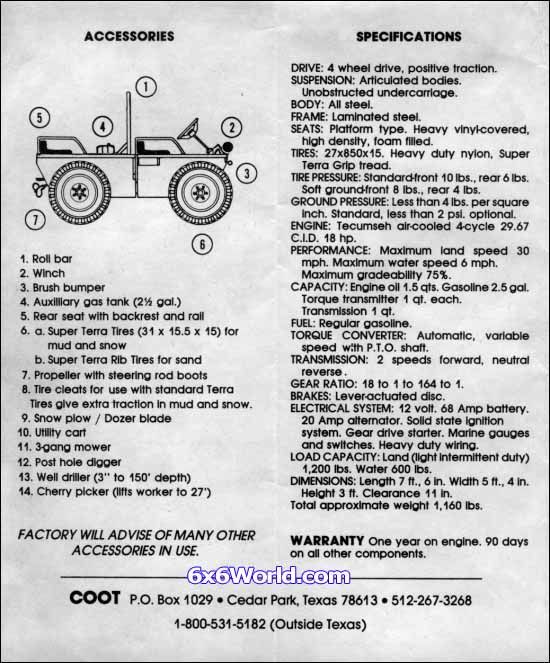
I live in the mountain west where we either get a lot of snow or a ton of snow.
Another area that ATV tracks would be a solid investment is if you use your ATV in the winter for work. If you’re hauling a trailer, moving lumber, towing fishing shacks or doing backcountry work, then tracks make sense.
However, if you’re just looking for winter adventure, you can’t beat a snowmobile, they’re designed to fly through the snow at top notch speed.
Read Next
Curious if anyone has measured the contact area of the tires or have seen any numbers for ground pressure on a FMTV or LMTV?
I've done some searching but haven't found anything useful yet.
I wonder how this is "officially" calculated? It's not like the contact patch is a constant.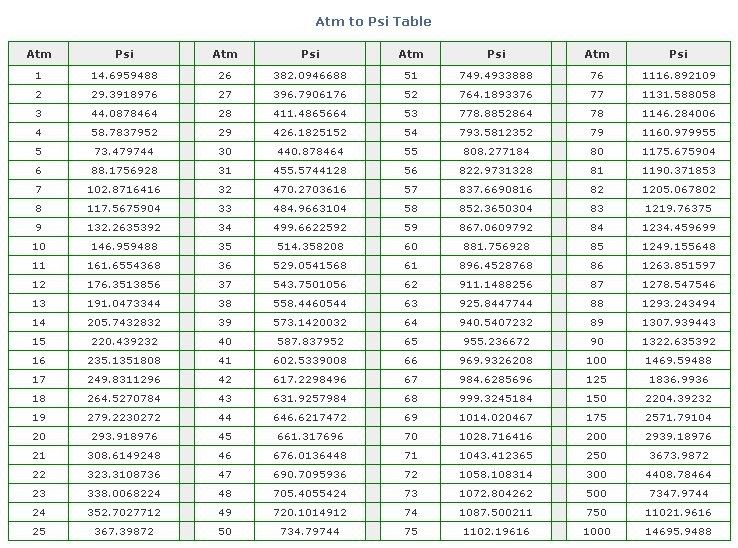 Do they measure aired down? on what surface? I mean concrete will give a smaller contact patch than soft dirt.
Do they measure aired down? on what surface? I mean concrete will give a smaller contact patch than soft dirt.
Seems like a bit of a moving target, hopefully someone has the answer.
For sure. I'm interested in hard packed gravel or pavement. If there aren't any published numbers I may see if I can make a contact patch print to use as a starting point to calculate it.
The Goodyear military tire brochure list footprint area for the MVT’s at 95PSI(155 sq/in), 55PSI(174 sq/in) and 40PSI(220 sq/in). So a 20,000 pound LMTV would deliver 32.2, 28.7 and 22.7 pounds per sq/in to the ground at those respective tire pressures?
While I am sure there is a dusty document somewhere that contains a nice chart of the data you are seeking, I am sorry to say I do not have it. 2 = 18.5 pounds per square inch
2 = 18.5 pounds per square inch
If you reduce the tire pressure using CTIS you will also increase the tire surface area and decrease ground pressure.
The numbers are not very useful unless you have something to compare.
| Object | Ground pressure (kPa) | (psi) |
|---|---|---|
| Hovercraft | 0.7 kPa | 0.1 psi |
| Human on snowshoes | 3.5 | 0.5 |
| Rubber-tracked ATV | 5.165 | 0.75 |
| Wheeled ATV | 13.8 | 2 |
| Diedrich D-50 – T2 drilling rig | 26.2 | 3.8 |
| Human male | 55 | 8 |
| M1 Abrams tank | 103 | 15 |
| 1993 Toyota 4Runner / Hilux Surf | 170 | 25 |
| Adult horse (550 kg, 1250 lb) | 170 | 25 |
| Bagger 288 excavation machine | 170 | 25 |
| Passenger car | 205 | 30 |
| Adult elephant | 240 | 35 |
| Mountain Bicycle | 245 | 40 |
| Road racing bicycle | 620 | 90 |
| Stiletto heel | 3,250 | 471 |
I can tell you from experience, I have driven my loaded LMTV across a muddy area without sinking in more than 2 inches and never spun a tire. If I had driven my 4x4 F550 dump truck that weighs 10,000 lbs empty across that same mud I would have been badly stuck.
If I had driven my 4x4 F550 dump truck that weighs 10,000 lbs empty across that same mud I would have been badly stuck.
I have also driven in deep snow up to 40" deep and not even come close to getting stuck. In snow, you have to watch the snow conditions. Traction is best when it it well below freezing. I like it best when it is below 20F, sub zero is even better.
I have driven on muddy roads and driveways and I leave less of a rut than a car or light pickup truck. I have used the LMTV to flatten out rutted driveways with the wide tires. Under the right conditions it can do a pretty good job.
In the spring in Vermont the roads begin to thaw from the top down. So you get a layer of mud on top of frozen ground. The frost can easily reach 6 feet deep and the mud layer forms on top. Under these conditions even the best gravel can turn to into complete mush. A road that was solid one day can quickly thaw and become impassable to almost any vehicle. Vermont towns will "post" the roads in spring conditions limiting the weight of vehicles on 2 axles to 15,000lbs in an efforts to protect the roads from damage. So when a road is posted I am not supposed to drive on it with my truck even though the LMTV has less ground pressure than a car or light truck. The law was not written with high floatation tires (low ground pressure) in mind. I spoke with my town road manager and showed him the truck and he said he would not mind if I drove on the roads in the spring with the LMTV as long as I used common sense. That won't help in another town but at least it is a start. Oops, I should say for those who have not been to Vermont, we have more miles of unpaved roads than paved roads. Both, paved and unpaved roads are "posted" in spring.
So when a road is posted I am not supposed to drive on it with my truck even though the LMTV has less ground pressure than a car or light truck. The law was not written with high floatation tires (low ground pressure) in mind. I spoke with my town road manager and showed him the truck and he said he would not mind if I drove on the roads in the spring with the LMTV as long as I used common sense. That won't help in another town but at least it is a start. Oops, I should say for those who have not been to Vermont, we have more miles of unpaved roads than paved roads. Both, paved and unpaved roads are "posted" in spring.
I don't know the ground pressure, but I can tell you that adjusting the CTIS mode drastically affects it. For example, in soft sand the tires will dig a lot (e.g. it feels like 2-3 rotations of the tire for what should be 1 rotation's worth of forward motion), and when you hit the Sand mode on the CTIS it's just driving normal again.
Acela has a nice CTIS guide with some pictures, and sources listed. Knowing that most of Acela's other documentation is borrowed from military documentation, it's probably out there (if it's not one of the listed sources). https://assets.website-files.com/59...Inflation Systems (CTIS) Explained 220227.pdf
Awesomeness said:
I don't know the ground pressure, but I can tell you that adjusting the CTIS mode drastically affects it. For example, in soft sand the tires will dig a lot (e.g. it feels like 2-3 rotations of the tire for what should be 1 rotation's worth of forward motion), and when you hit the Sand mode on the CTIS it's just driving normal again.
Acela has a nice CTIS guide with some pictures, and sources listed. Knowing that most of Acela's other documentation is borrowed from military documentation, it's probably out there (if it's not one of the listed sources).
https://assets.website-files.com/5903c3c12540264c1656022d/621fc6c450a32e259722909f_ACELA - Central Tire Inflation Systems (CTIS) Explained 220227.pdf
Click to expand...
.
Wow 3 pages of reading that completely explains what CTIS does and the very basics of how it works... Pretty amazing.
The pictures in the PDF show a lot about the tire footprint
Lifted the picture below from the ACELA document:
.
Yep, thats what it does for you…
Mullaney said:
.
Wow 3 pages of reading that completely explains what CTIS does and the very basics of how it works... Pretty amazing.
The pictures in the PDF show a lot about the tire footprint
Lifted the picture below from the ACELA document:View attachment 860702
.
Click to expand...
not that it is of any importance really... those pics are of a Unimog document....
coachgeo said:
not that it is of any importance really... those pics are of a Unimog document....
Click to expand...
Good find. I knew the pictures weren't from an LMTV - tires aren't right, and there is a step in the picture - but I wasn't sure what it was from.
Here's a PDF copy.
Central Tire Inflation System.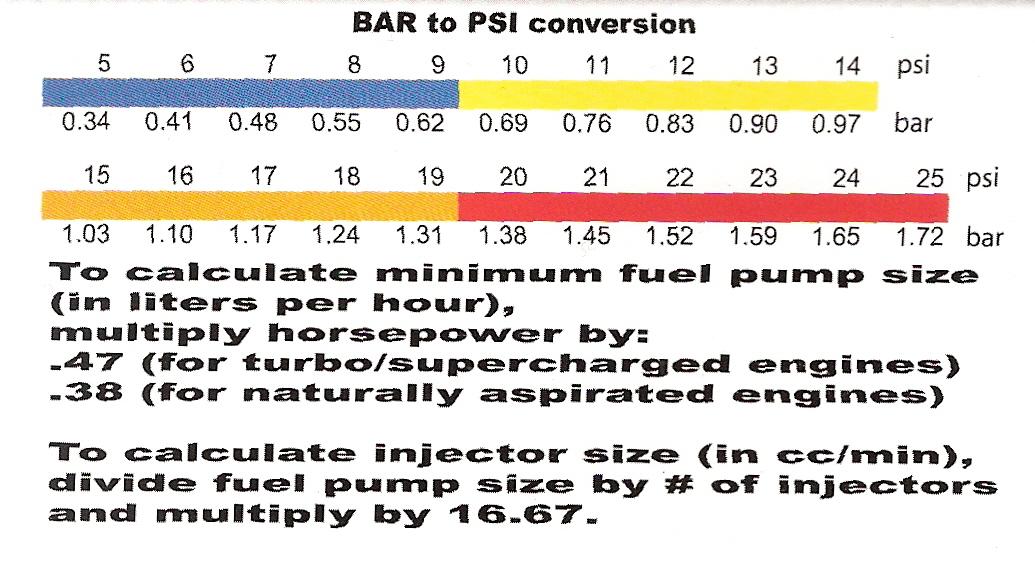 Mercedes-Benz Military Vehicles..pdf
Mercedes-Benz Military Vehicles..pdf
586.6 KB Views: 2
coachgeo said:
not that it is of any importance really... those pics are of a Unimog document....
Click to expand...
.
Agreed that it is different from what we have, but the idea is there. Especially for the newer guys and this will get them a running start...
Tire pressure affects the flotation, stability, handling and smoothness of the ATV. Therefore, it is important to adhere to the optimal parameters, which depend on the type of coating and load. What pressure is recommended for CFMOTO ATVs - we will tell in the article.
CFMOTO indicates the recommended pressure in kilopascals (kPa).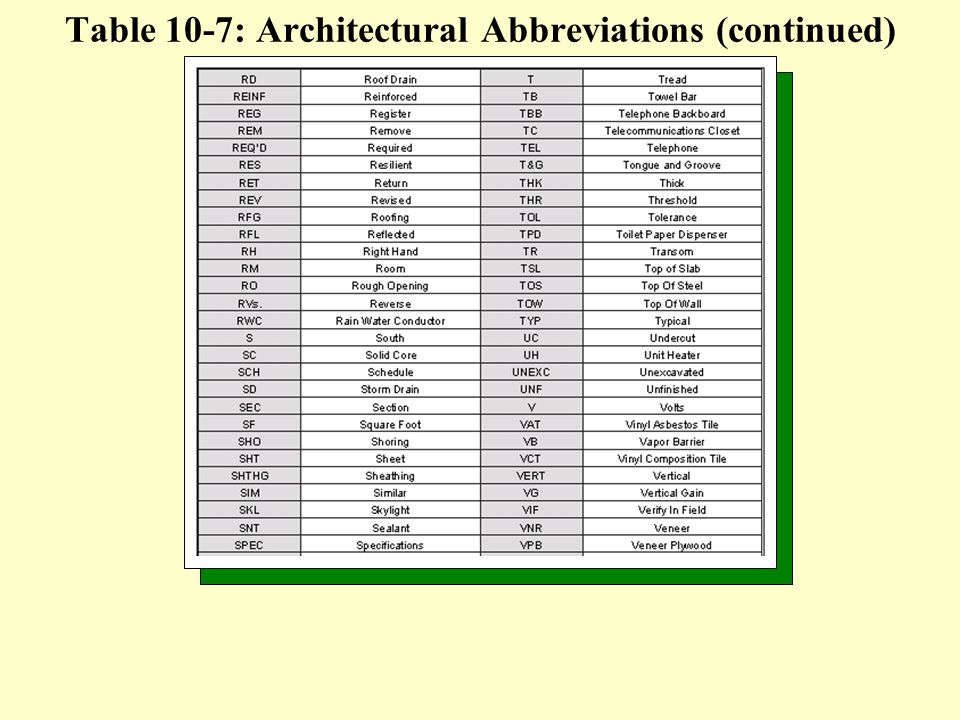 1 kPa equals 0.0098 atmospheres (atm) or 0.145 pounds-force per square inch (psi). It is important not to confuse these units of measurement when inflating tires.
1 kPa equals 0.0098 atmospheres (atm) or 0.145 pounds-force per square inch (psi). It is important not to confuse these units of measurement when inflating tires.
The recommended tire pressure for CFMOTO ATV is indicated in the instruction manual and on the vehicle itself in the area of the left rear fender.
Tires are marked with the maximum pressure they can withstand.
Low tire pressure improves off-road capability, allowing the ATV to sink less in mud, swamp, snow or sand. This is due to the fact that the contact patch of the tire with the surface increases, and the specific pressure on the ground decreases. In addition, poorly inflated tires are less “blurred” with dirt, more easily leave the rut and roll over obstacles such as trees, stumps or large stones lying on the road.
Most CFMOTO ATVs are equipped with ANCLA tires, the normal pressure of which, according to the manufacturer, is 45 kPa. This is sufficient for off-road routes. A reasonable lower limit is up to 35 kPa. It is possible to bleed even more air only if there are beadlocks - devices that securely press the tire to the side of the disk.
This is sufficient for off-road routes. A reasonable lower limit is up to 35 kPa. It is possible to bleed even more air only if there are beadlocks - devices that securely press the tire to the side of the disk.
All-terrain vehicle tires with a car seat must have a higher pressure - from 70 kPa, the exact parameters depend on the model.
If the pressure is too low:
It is best to inflate your tires before long trips on asphalt or other hard surfaces. This will increase stability and control in corners and on a straight line - due to less deformation of the rubber. In addition, the tread will not wear out as much.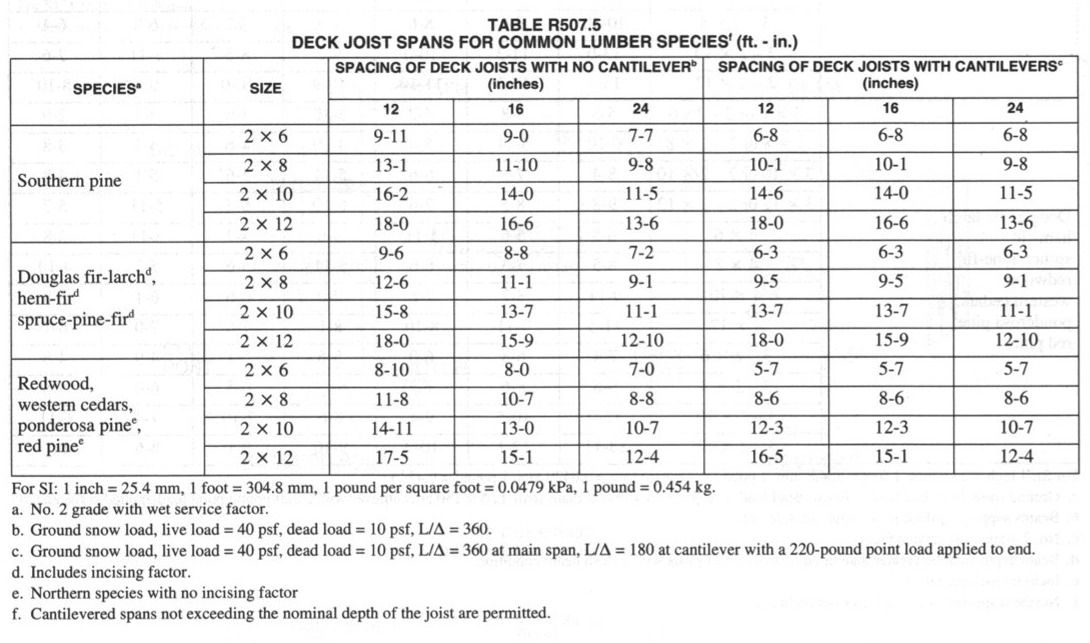
The pressure should also be increased when transporting a heavy load and a passenger.
Optimum tire pressure for a CFMOTO ATV with a motorcycle seat when driving on asphalt is 70-90 kPa.
If the pressure is too high:
It is advisable to do this before each ride - when the tire is cold. You will need a low pressure gauge to check. When using a conventional car, there will be a large error.
The recommended tire pressure for CFMOTO ATVs is 45 kPa. For all-terrain vehicles (SSV), the optimal parameters are different - more than 70 kPa. Before carrying a passenger and a heavy load or a long drive on asphalt, you can pump more.
If the pressure is too low, there is a risk of breakage, deterioration of handling and stability. If it is too high, it becomes uncomfortable to ride, all the bumps in the road are felt, the load on the suspension and steering increases.
If it is too high, it becomes uncomfortable to ride, all the bumps in the road are felt, the load on the suspension and steering increases.
EN ES PT EN FR
Oops... Javascript not found.
Sorry, JavaScript is disabled or does not support JavaScript in your browser.
Unfortunately, this site cannot work without JavaScript. Check your browser settings, maybe JavaScript is turned off by accident?
| It's very simple: Need help? x This unit converter is very simple. Is it true.
|
| ||||||||||||||||||||||||||||||||||||||||||||||||||||||||||||||||||||||||||||||||||||||||